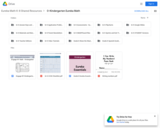
Kindergarten Eureka Math
- Subject:
- Mathematics
- Material Type:
- Activity/Lab
- Assessment
- Author:
- Liberty Public Schools
- Date Added:
- 04/07/2021

Kindergarten Eureka Math
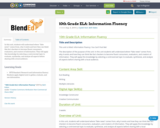
In this unit, students will understand where “fake news” comes from, why it exists and how they can think like fact checkers to become fluent consumers, evaluators, and creators of information. They will apply this knowledge by selecting a controversial topic to evaluate, synthesize, and analyze all aspects before sharing with a local audience.
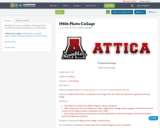
Students will create a compilation of 20 images from the 1960s and explain the significance of each image.
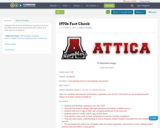
Students will research and develop 3 questions over the the 1970s which can be answered by the citation of at least 3 pieces of evidence.
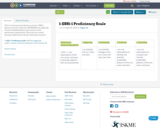
This is a task neutral proficiency scale for 1-ESS1-1. Resources used to make this: NGSS.NSTA.org, Appendix E from the NextGenScience site and the actual performance expectations. This scale was created through collaboration with five elementary teachers.

Learn how important the honey bee's body structure is to survival in the hive. This lesson includes learning objectives, material and resource lists, background information, activities, reading selections, writing assignments, a game, assessments, and support documents. See the Educator's Guide for more video links and recommended readings.
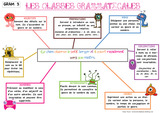
1-Les catégories grammaticales/2-Les fonctions syntaxiques/3-Les types de phrases

Midterm examination for a class at MIT covering game theory and its applications to economics. The one-hour-and-twenty-minute open book examination asks open ended theoretical questions. The exam contains questions and solutions.

In 2016 the LIS-Bibliometrics Forum commissioned the development of a set of bibliometric competencies (2017 Model), available at https://thebibliomagician.wordpress.com/2017-competencies-archived/. The work, sponsored by a small research grant from Elsevier Research Intelligence Division, was led by Dr. Andrew Cox at the University of Sheffield, and Dr. Sabrina Petersohn of the Bergische Universität Wuppertal, Germany. The aim of the competency statements was to ensure that bibliometric practitioners were equipped to do their work responsibly and well.
The Competency Model was updated in July 2021 and includes a colour gradient to reflect the Levels and how they build upon one another. In particular, the 2021 competencies can help:
To identify skills gaps
To support progression through career stages for practitioners in the field of bibliometrics
To prepare job descriptions
The work underpinning the paper is available here: http://journals.sagepub.com/doi/abs/10.1177/0961000617728111. It is intended that the competencies are a living document and will be reviewed over time.
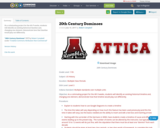
As a culminating project for the 4th 9 weeks, students will identify an existing historical timeline and, changing one element, demonstrate how that timeline would play out differently.

This short video and interactive assessment activity is designed to give fourth graders an overview of 24-hour clocks.
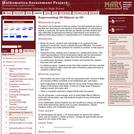
This lesson unit is intended to help teachers assess how well students are able to visualize two-dimensional cross-sections of representations of three-dimensional objects. In particular, the lesson will help you identify and help students who have difficulties recognizing and drawing two-dimensional cross-sections at different points along a plane of a representation of a three-dimensional object.

Learn the importance of each and every job within the hive! This lesson includes learning objectives, material and resource lists, background information, activities, reading selections, writing assignments, a game, assessments, and support documents. See the Educator's Guide for more video links and recommended readings.
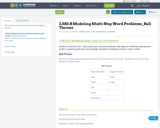
This task provides Grade 3 students with modeling practice.
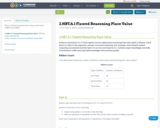
This is a flawed reasoning task using content from 2.NBT.5 and 2.NBT.6.
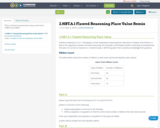
This is a flawed reasoning task using content from 2.NBT.5 and 2.NBT.6.
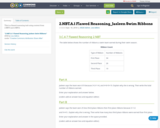
This is a flawed reasoning task using content from 2.NBT.5 and 2.NBT.6.
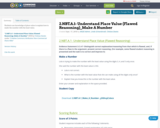
Students use knowledge of place value to explain how to make the number with the least value.
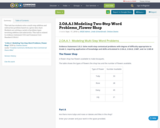
This task has students solve a multi-step addition and subtraction problem based on a given data chart. Students are solving a variety of problem types involving addition and subtraction. This task is related to evidence statement 3.D.2 and Common Core Standard 2.OA.A.1
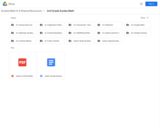
2nd Grade Eureka Math